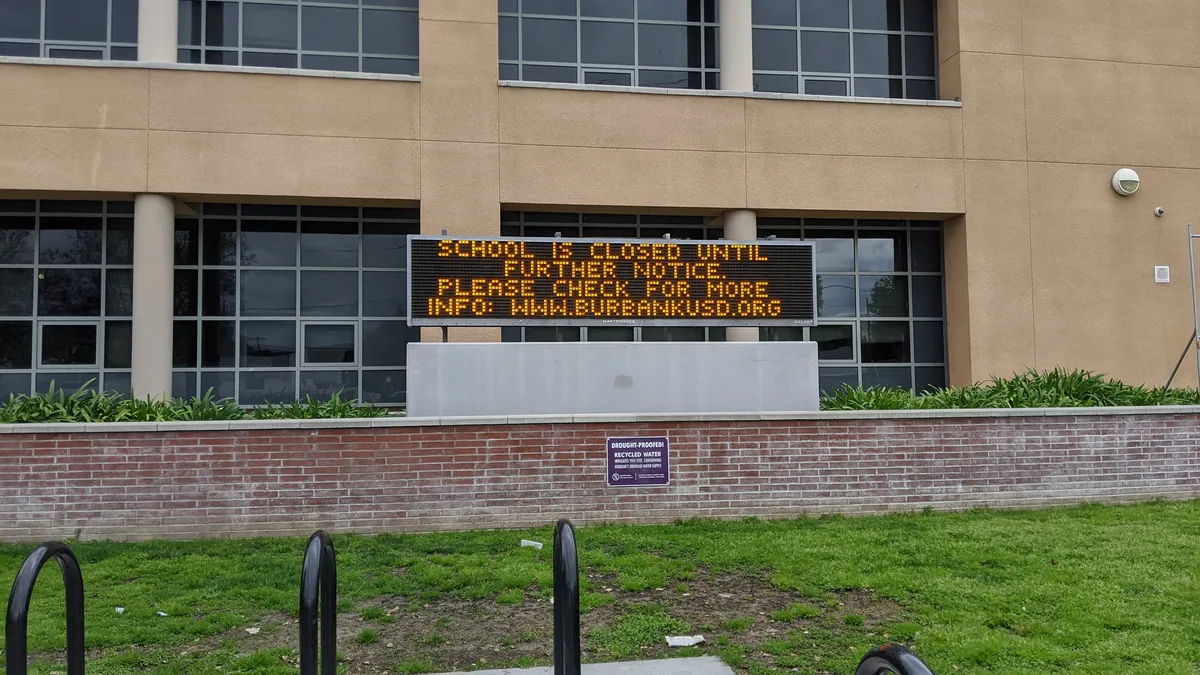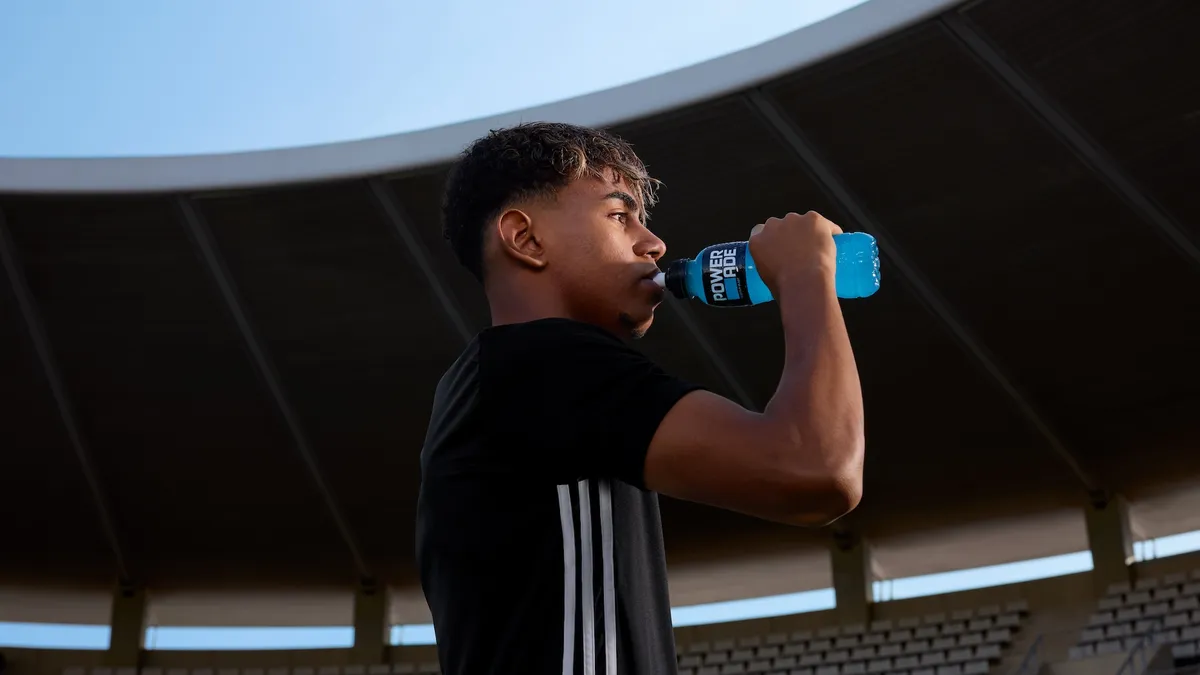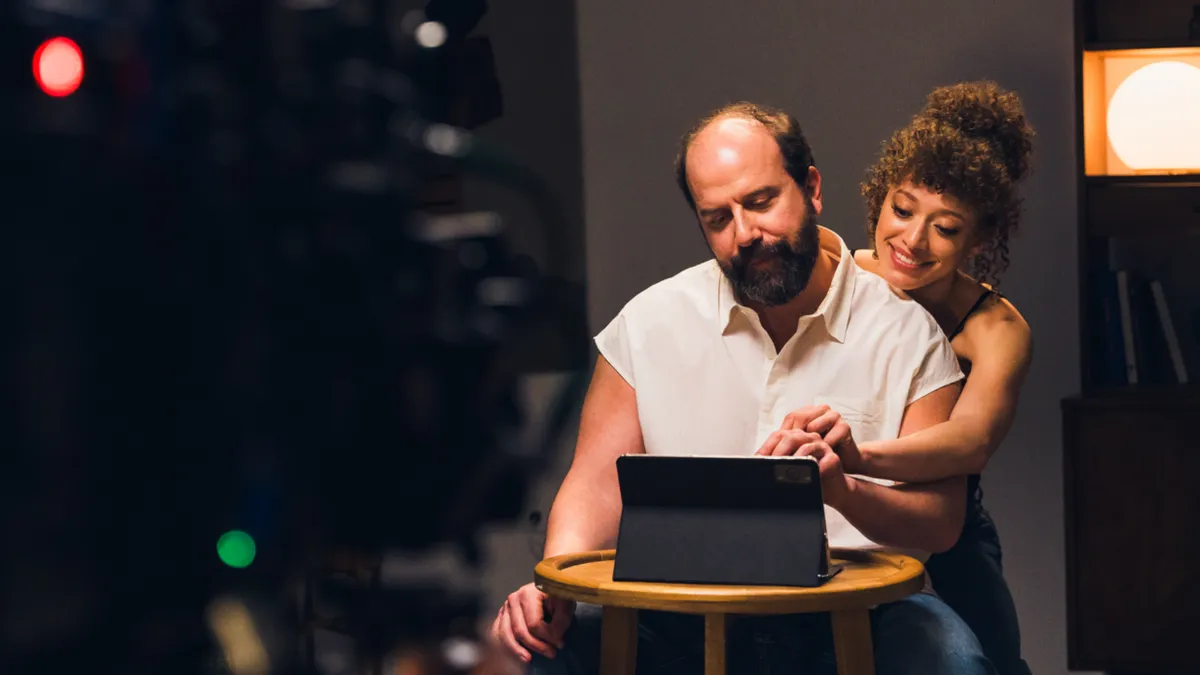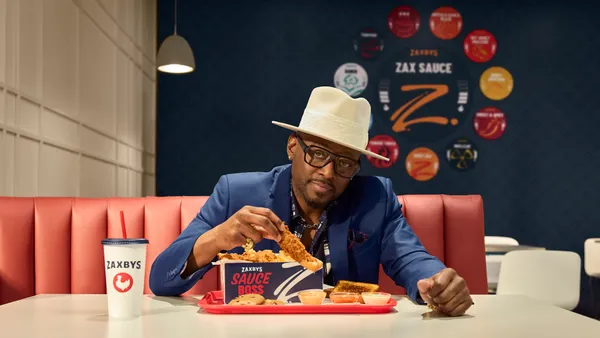The usual end-of-school euphoria went missing this year, as the COVID-19 pandemic sent students home to complete the semester virtually.
Many areas are now opening back up, with retail stores and restaurants finding ways to cater to customers even as social distancing remains a priority. But the pandemic isn't over, and continues to cast a shadow over the near future. That leaves students, and their parents and teachers, unsure of what school will look like in the fall.
And it injects unpredictability into a once reliable shopping season. Last year, retailers were expecting consumer spending on K-12 back-to-school items to reach nearly $26.2 billion, or $696.70 per household. It's a passage from carefree summer activities or summer jobs to scholarly pursuits that sends many families to stores together. But it's unlikely to look the same this year, experts say.
"Back to school is traditionally a very exciting time for kids and a somewhat stressful time for families transitioning the change of pace from the summer break back into the regular rhythm of life. Like many other things this year though, 'Back to School' is going to look very different," Ryan Wuerch, CEO and founder of Dosh, a cashback app whose investors include PayPal, told Retail Dive in an email. "As different states navigate varying degrees of retail openings, it is a stark reminder that the future is still unknown and 'normal' is a thing of the past."
Demand remains strong
Retailers that usually benefit from the back-to-school season are already grappling with this uncertainty about the return. Last week, for example, The Children's Place CEO Jane Elfers warned analysts that the back-to-school season, extremely important in kids' apparel, is already complicated by the fact that many school districts haven't announced fall plans.
School isn't exactly canceled, however, so kids will still need supplies, and early research shows healthy demand. More than three quarters of parents (77%) and 85% of kids age six to 16 expect back to school to be the same or bigger than last year, and 88% of kids surveyed said they were looking forward to returning to school, according to a survey from SuperAwesome, which provides marketing insights that can be difficult to acquire because of internet protections around children's data. The firm found that last year's strong demand for back-to-school supplies remains steady.
"How do you create the big moment, the freshness of going back to school? Creating digital experiences is going to be very important."

Ben Zagorski
Chief Revenue Officer, SuperAwesome
Deloitte, which will release its back-to-school report next month, has found that demand for the season may be muted, especially for apparel. But government stimulus checks, which several economists credit with propping up some consumption in recent weeks, plus lower discretionary spending, are leaving some consumers with neat savings piles, according to Rod Sides, Deloitte vice chairman and U.S. sector leader, retail, wholesale and distribution.
"We had a pretty good bounce back in May, that tells you there is some demand, and that people have been able to save and salvage," he told Retail Dive in an interview. "With the stimulus checks that the government gave we actually had the savings rate go up dramatically in April, something like 30% of what came in as people tightened up their purse strings, so that will also bode well for the back-to-school season."
The need to adapt to virtual learning is driving some of that, SuperAwesome found. Over 80% of parents have already invested in electronics and other tech, for example.
"When we asked 'Are you going to spend the same or more?' the majority said 'more,'" SuperAwesome Chief Revenue Officer Ben Zagorski told Retail Dive in an interview. "You can't go out into the mall like you used to be able to, so that's where the interesting conflict lies. How do you create the big moment, the freshness of going back to school? Creating digital experiences is going to be very important."
Uncertainty as opportunity
While demand seems stable so far, the uncertainty is shaking up back to school in different ways.
Last year, National Retail Federation President and CEO Matthew Shay noted that Gen Z kids "are clearly becoming more involved with back-to-school purchasing decisions rather than leaving the choices up to mom and dad."
Perhaps because families have been thrown together more than usual, as parents and their children both work from home, that is true now more than ever, and true of even younger kids, according to SuperAwesome. The uncertainty is also leading parents to cover all bases, Zagorski said. That means that some items not generally on the back-to-school list, like desks and other furniture, are in the mix, he said.
"Parents are planning for different scenarios here, and it's going to be different for each region," Zagorski said. "There's going to be more distance learning, and more email. The other interesting category is around hygiene."
That includes obvious items like masks and hand sanitizer. But the emphasis on personal care and beauty usually found among teenagers is now influencing younger kids too, he said.
Those who do return to classrooms in the fall will need more items, like pencils, tissues and more, that are often shared, notes Dosh's Wuerch. "Lastly, there could be a disruption in the day that is required for cleaning and disinfecting which will elevate the already strong demand for cleaning supplies, but also PPE gear for kids will start to surge."
Some areas will be locked down more than others depending on the local state of the outbreak, experts noted.
"Marketers will be looking much more closely at regional messaging across all channels to ensure that brands and retailers meet families where they are and remain relevant to their specific circumstances," Wuerch said. "Comms planning will become much more nuanced and need to be far more nimble than previous years as COVID-19 cases peak and trough in various locations, and will be important to lessen foot traffic and redirect sales to online as needed. Every city and town across America will have a different experience when it comes to kids returning to the classroom, whether in person or virtually."
























